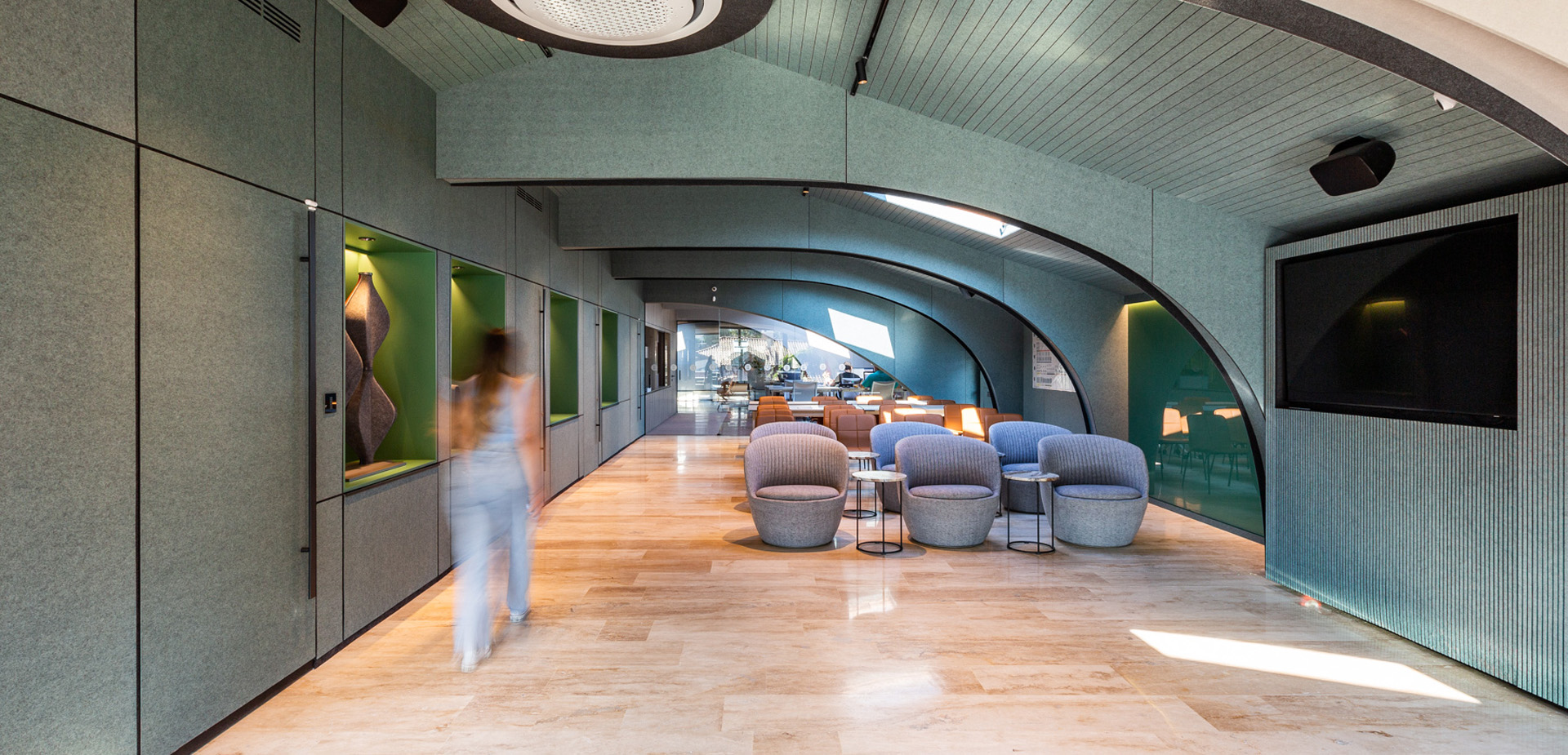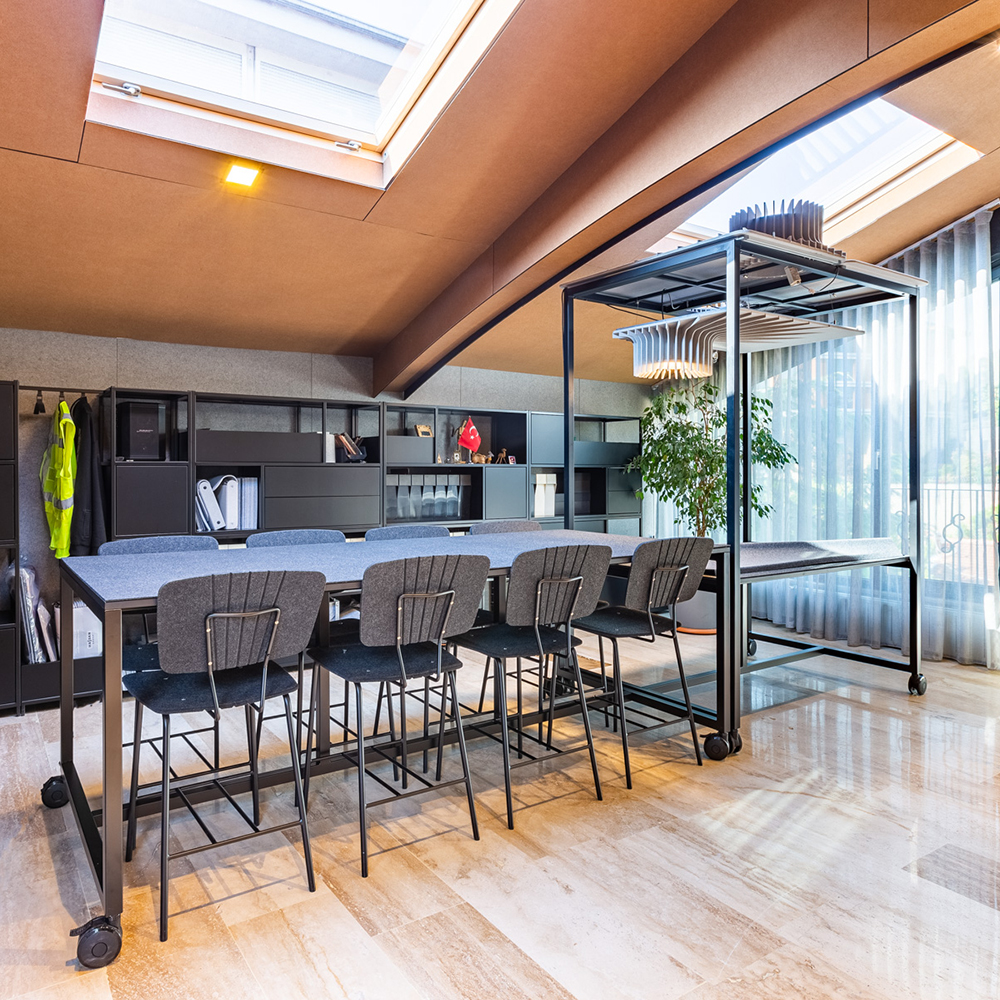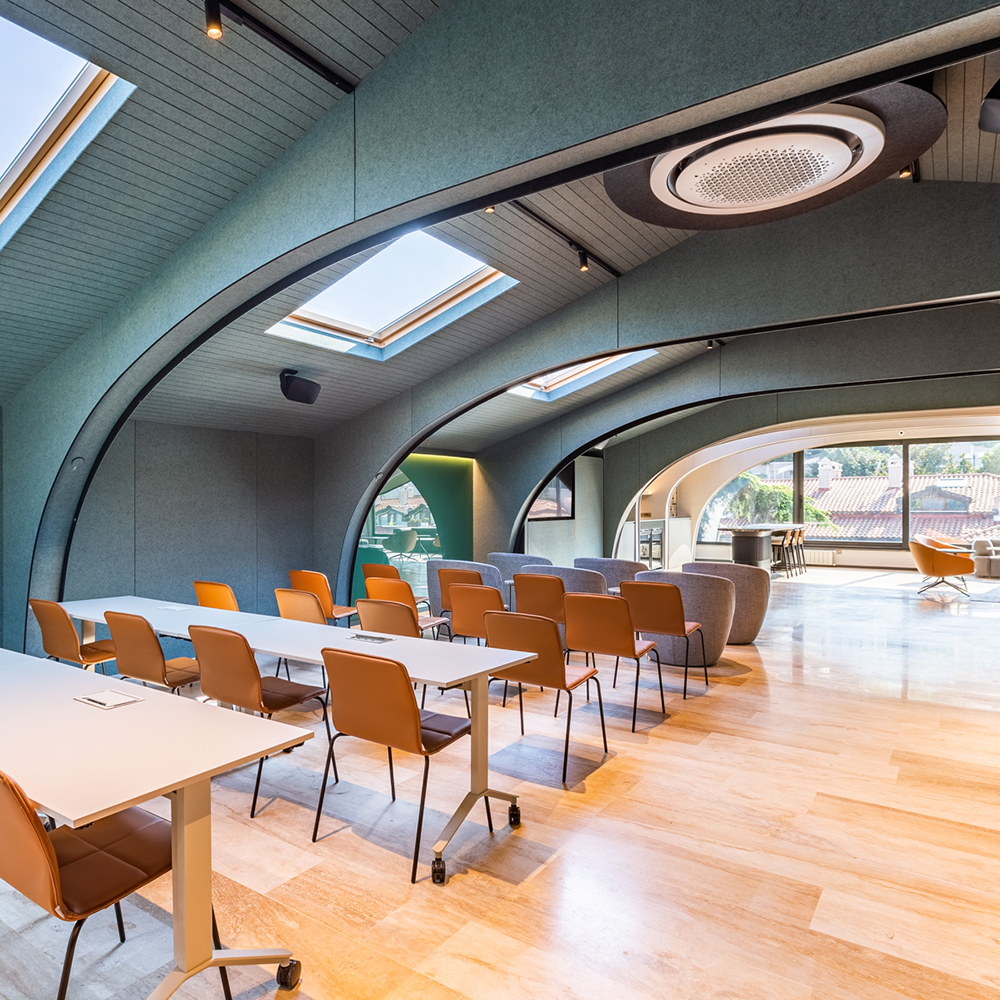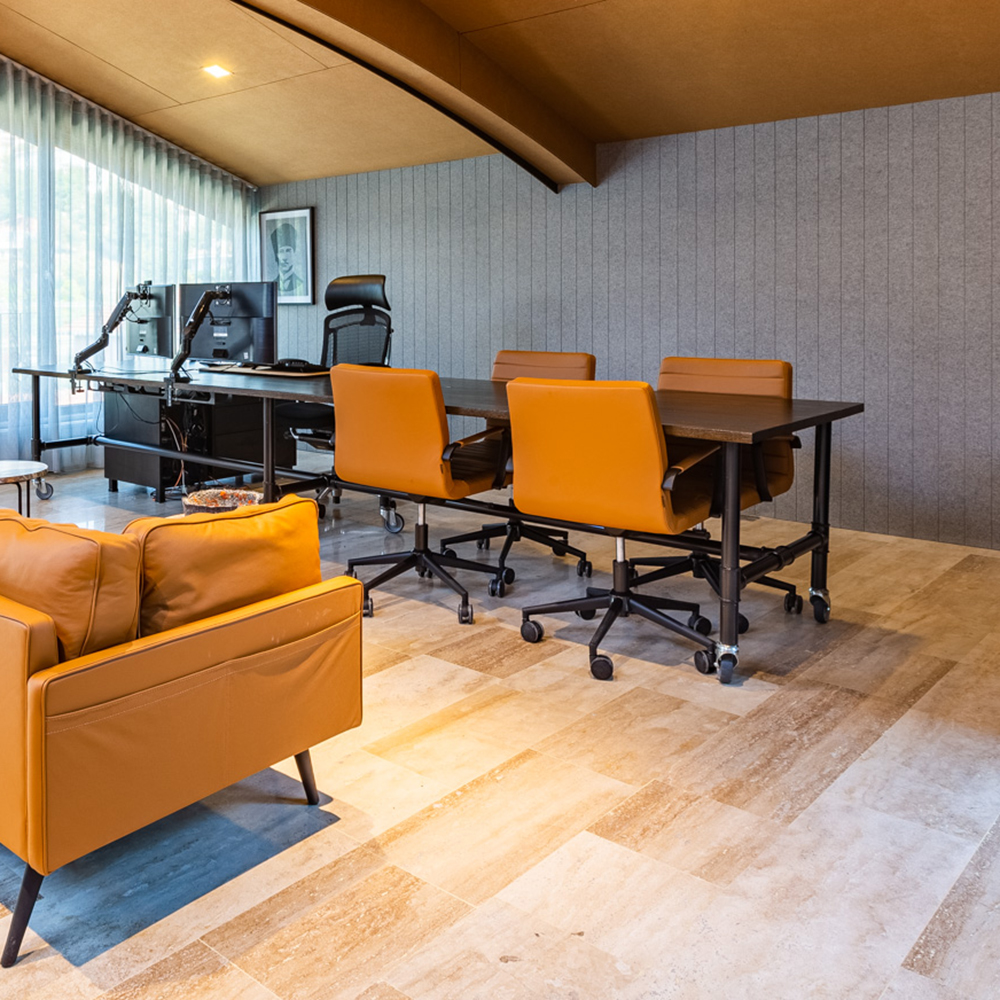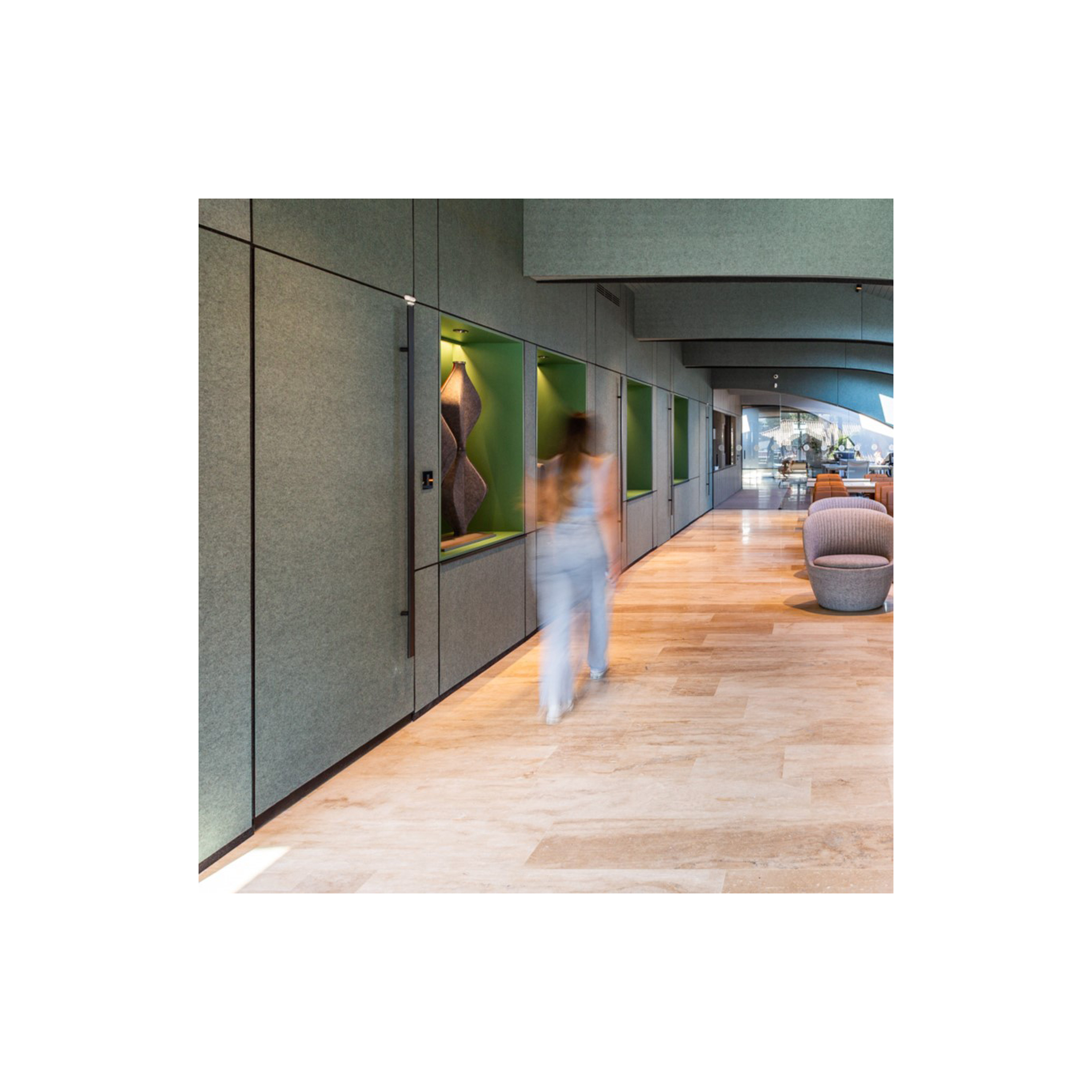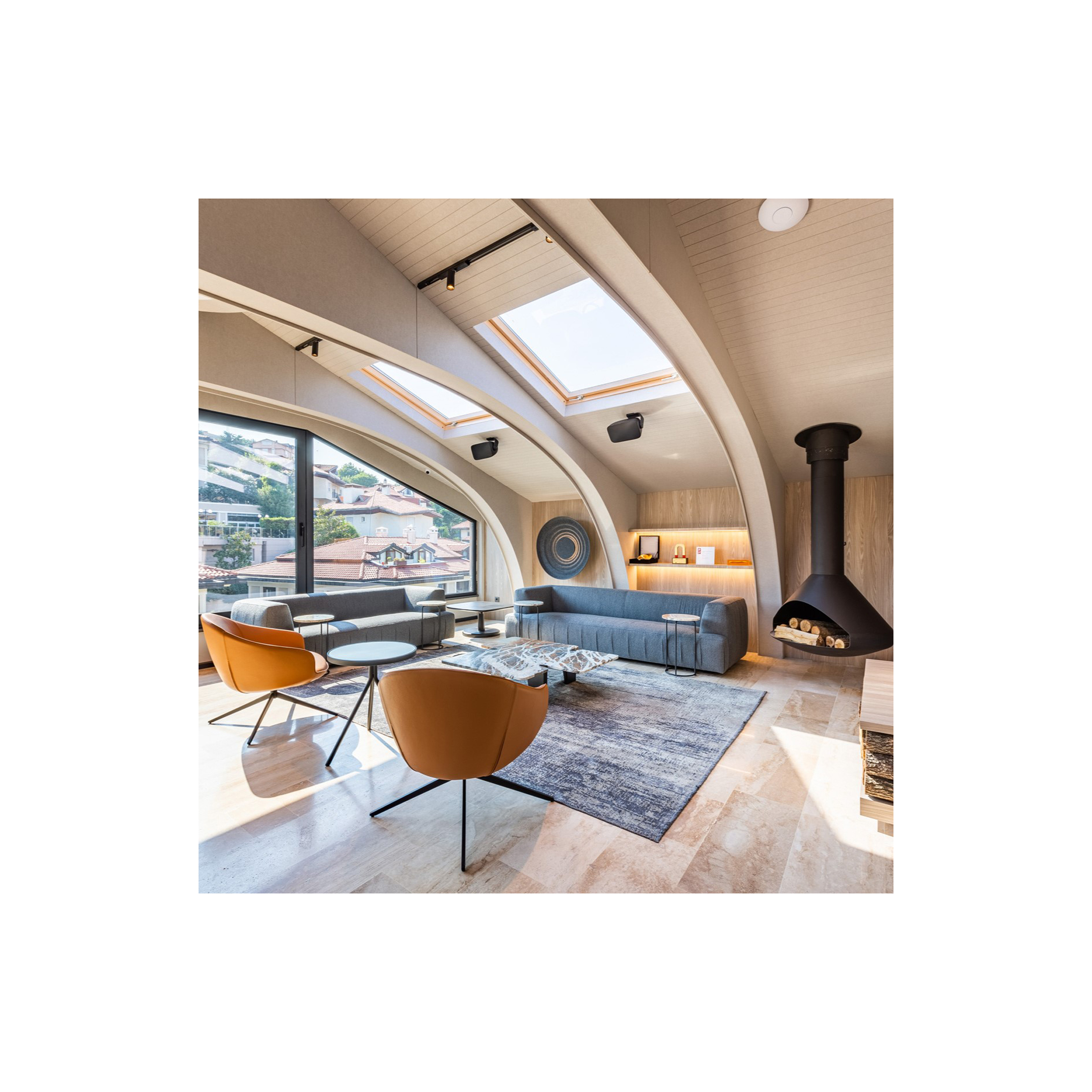-
In today’s fast-paced work environments, the way a space sounds is just as important as the way it looks. Open-plan offices, collaborative spaces, and flexible layouts have become the norm, but these designs often come with a significant downside: noise. From ringing phones to casual conversations, uncontrolled sound can disrupt focus, lower productivity, and even impact employee well-being. As organizations rethink workplace design, acoustic solutions have moved from an afterthought to a necessity.
-
-
-
Effective acoustics in the workplace go beyond just soundproofing. They involve strategic design elements that absorb, diffuse, or block noise to create an environment where employees can concentrate, collaborate, and feel comfortable. Acoustic panels, ceiling baffles, and privacy dividers are just some of the tools that can help balance sound in a space. The right solutions can minimize distractions while maintaining the openness and aesthetics that modern workplaces strive for.
Studies have shown that poor acoustics can lead to increased stress, lower job satisfaction, and even higher turnover rates. In contrast, well-designed acoustic environments contribute to enhanced cognitive function, better communication, and an overall improved work experience. Forward-thinking companies are integrating sound management into their workplace strategy by using innovative materials, modular solutions, and customizable acoustic elements that align with their brand and design language.
-
-
Line
-
Plate
-
Line
-
As the demand for hybrid and flexible workspaces grows, so does the need for adaptable acoustic solutions. Workspaces must now accommodate a mix of quiet zones, collaboration areas, and remote-friendly setups. Investing in high-quality acoustic design is no longer just about compliance or aesthetics—it’s about creating a workspace where people can perform at their best.
Whether designing a new office or upgrading an existing one, the importance of sound cannot be overlooked. By prioritizing acoustics, companies can foster more productive, engaging, and enjoyable work environments, setting a new standard for workspace design.
